Jose Valente de Oliveira, Witold Pedrycz0470027606, 9780470027608
Table of contents :
Advances in Fuzzy Clustering and its Applications……Page 4
Contents……Page 8
List of Contributors……Page 14
Foreword……Page 18
Preface……Page 20
Part I Fundamentals 1……Page 24
1.1 Introduction……Page 26
1.2 Basic Clustering Algorithms……Page 27
1.3 Distance Function Variants……Page 37
1.4 Objective Function Variants……Page 41
1.5 Update Equation Variants: Alternating Cluster Estimation……Page 48
1.6 Concluding Remarks……Page 50
Acknowledgements……Page 51
References……Page 52
2.2 Object and Relational Data……Page 54
2.3 Object Data Clustering Models……Page 57
2.4 Relational Clustering……Page 61
2.5 Relational Clustering with Non-spherical Prototypes……Page 64
2.6 Relational Data Interpreted as Object Data……Page 68
2.8 Experiments……Page 69
2.9 Conclusions……Page 72
References……Page 73
3.1 Introduction……Page 76
3.2 Formalization……Page 77
3.3 The Majorizing Algorithm for Fuzzy C-means with Minkowski Distances……Page 79
3.4 The Effects of the Robustness Parameterl……Page 83
3.5 Internet Attitudes……Page 85
3.6 Conclusions……Page 88
References……Page 89
4.1 Introduction……Page 92
4.2 Cluster Ensembles……Page 94
4.3 Soft Cluster Ensembles……Page 98
4.4 Experimental Setup……Page 101
4.5 Soft vs. Hard Cluster Ensembles……Page 105
References……Page 113
Part II Visualization……Page 116
5 Aggregation and Visualization of Fuzzy Clusters Based on Fuzzy Similarity Measures……Page 118
5.1 Problem Definition……Page 120
5.2 Classical Methods for Cluster Validity and Merging……Page 122
5.3 Similarity of Fuzzy Clusters……Page 123
5.4 Visualization of Clustering Results……Page 126
5.5 Conclusions……Page 139
Appendix 5A.1 Validity Indices……Page 140
References……Page 143
6.1 Introduction……Page 146
6.2 Neighborgram Clustering……Page 148
6.3 Interactive Exploration……Page 154
6.4 Parallel Universes……Page 158
References……Page 159
Part III Algorithms and Computational Aspects……Page 160
7.1 Introduction……Page 162
7.2 Participatory Learning……Page 163
7.3 Participatory Learning in Fuzzy Clustering……Page 165
7.4 Experimental Results……Page 168
7.5 Applications……Page 171
References……Page 175
8.1 Introduction……Page 178
8.2 Informational Paradigm, Fuzziness and Complexity in Clustering Processes……Page 179
8.3 Fuzzy Data……Page 183
8.4 Fuzzy Clustering of Fuzzy Data……Page 188
8.5 An Extension: Fuzzy Clustering Models for Fuzzy Data Time Arrays……Page 199
8.6 Applicative Examples……Page 203
8.7 Concluding Remarks and Future Perspectives……Page 210
References……Page 212
9.1 Introduction……Page 216
9.2 Background: Fuzzy Clustering……Page 218
9.3 Construction of an Inclusion Index……Page 219
9.4 Inclusion-based Fuzzy Clustering……Page 221
9.5 Numerical Examples and Illustrations……Page 224
Acknowledgements……Page 229
Appendix 9A.1……Page 230
References……Page 231
10.1 Introduction……Page 234
10.2 Fuzzy Medical Diagnosis……Page 235
10.3 Interpretability in Fuzzy Medical Diagnosis……Page 236
10.4 A Framework for Mining Interpretable Diagnostic Rules……Page 239
10.5 An Illustrative Example……Page 244
References……Page 249
11.1 Introduction……Page 252
11.2 Statistical Weighted Regression Models……Page 253
11.3 Fuzzy Regression Clustering Models……Page 255
11.4 Analyses of Residuals on Fuzzy Regression Clustering Models……Page 260
11.5 Numerical Examples……Page 265
References……Page 268
12.1 Introduction……Page 270
12.2 Takagi and Sugeno’s Fuzzy Model……Page 271
12.3 Hierarchical Clustering-based Fuzzy Modeling……Page 272
12.4 Simulation Studies……Page 279
References……Page 284
13.1 Introduction……Page 288
13.2 Dissimilarity Modeling……Page 290
13.3 Relational Clustering……Page 298
13.4 Experimental Results……Page 303
References……Page 304
14.1 Introduction……Page 308
14.2 Background……Page 310
14.3 Simultaneous Clustering and Attribute Discrimination (SCAD)……Page 312
14.4 Clustering and Subset Feature Weighting……Page 319
14.6 Application 1: Color Image Segmentation……Page 321
14.7 Application 2: Text Document Categorization and Annotation……Page 325
14.8 Application 3: Building a Multi-modal Thesaurus from Annotated Images……Page 328
14.9 Conclusions……Page 332
Appendix 14A.1……Page 333
References……Page 334
Part IV Real-time and Dynamic Clustering……Page 336
15.2 Review of Literature Related to Dynamic Clustering……Page 338
15.3 Recent Approaches for Dynamic Fuzzy Clustering……Page 340
15.4 Applications……Page 347
References……Page 354
16.1 Introduction……Page 356
16.2 Background……Page 357
16.3 Preprocessing and Maintaining Data Streams……Page 359
16.4 Fuzzy Clustering of Data Streams……Page 363
16.5 Quality Measures……Page 366
16.6 Experimental Validation……Page 368
16.7 Conclusions……Page 373
References……Page 374
17.1 Introduction……Page 376
17.2 Density-based Real-time Clustering……Page 378
17.3 FSPC: Real-time Learning of Simplified Mamdani Models……Page 381
17.4 Applications……Page 385
17.5 Conclusion……Page 390
References……Page 391
Part V Applications and Case Studies……Page 394
18.1 Introduction……Page 396
18.2 FCM with Feature Partitions……Page 397
18.3 Magnetic Resonance Imaging……Page 402
18.4 FMRI Analysis with FCMP……Page 404
18.5 Data-sets……Page 405
18.6 Results and Discussion……Page 407
References……Page 413
19.1 Introduction……Page 416
19.2 Constructing a High-dimensional Semantic Space via Hyperspace Analogue to Language……Page 418
19.3 Fuzzy C-means Clustering……Page 420
19.4 Word Clustering on a HAL Space – A Case Study……Page 422
References……Page 425
20.1 Introduction……Page 428
20.2 Clustering Techniques……Page 429
20.3 Cluster Validity……Page 435
20.4 Simulated Annealing Fuzzy Clustering Algorithm……Page 436
20.5 Automatic Cluster Merging Method……Page 441
20.6 Conclusion……Page 446
References……Page 447
Index……Page 450
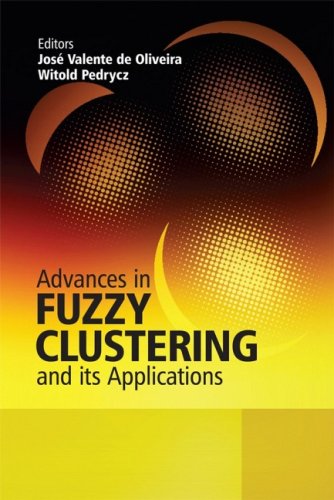
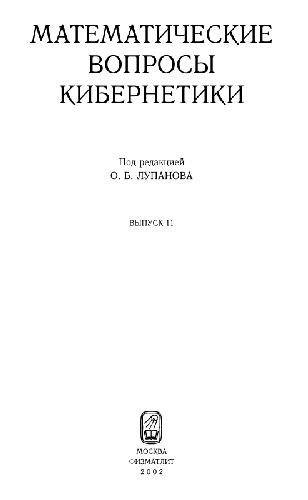
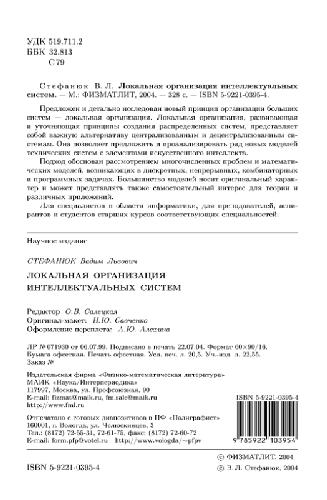
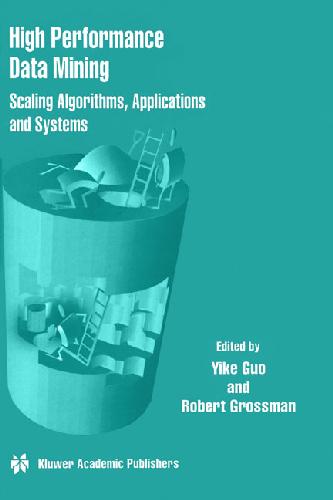
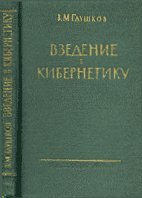
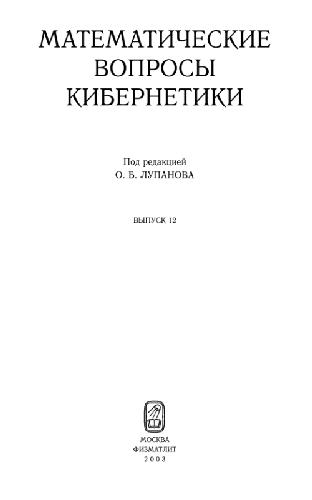

Reviews
There are no reviews yet.